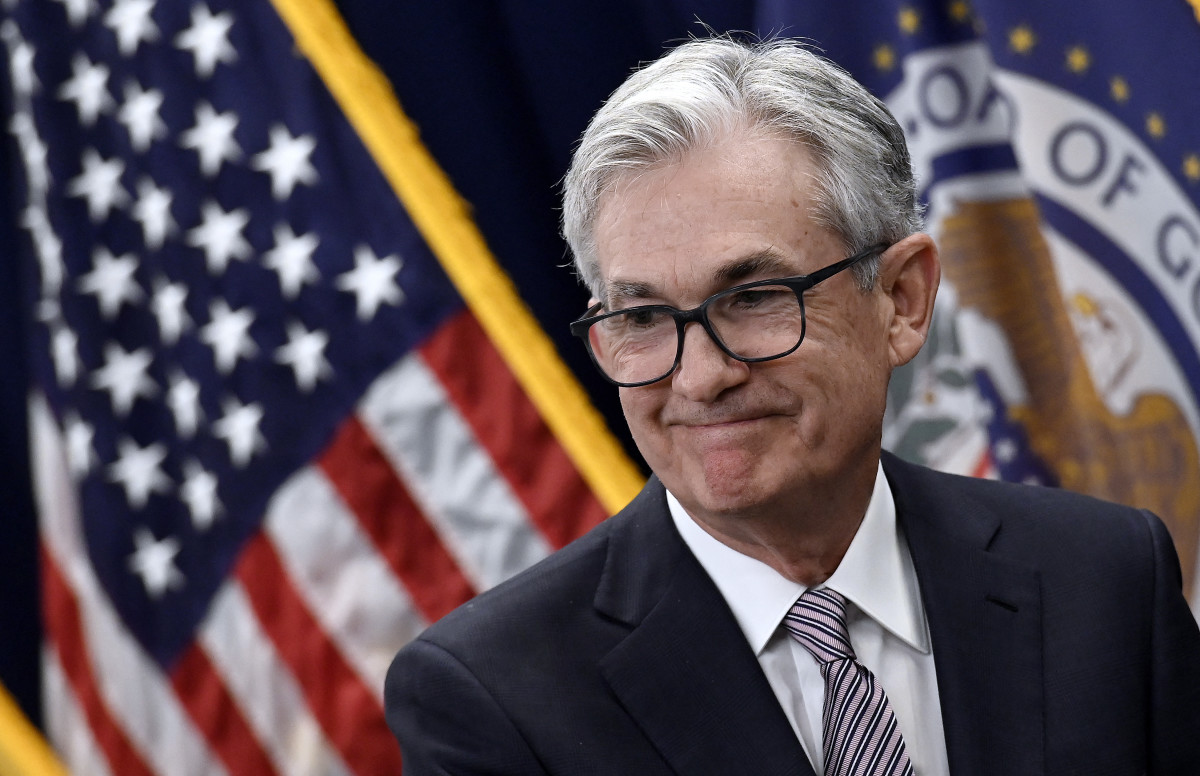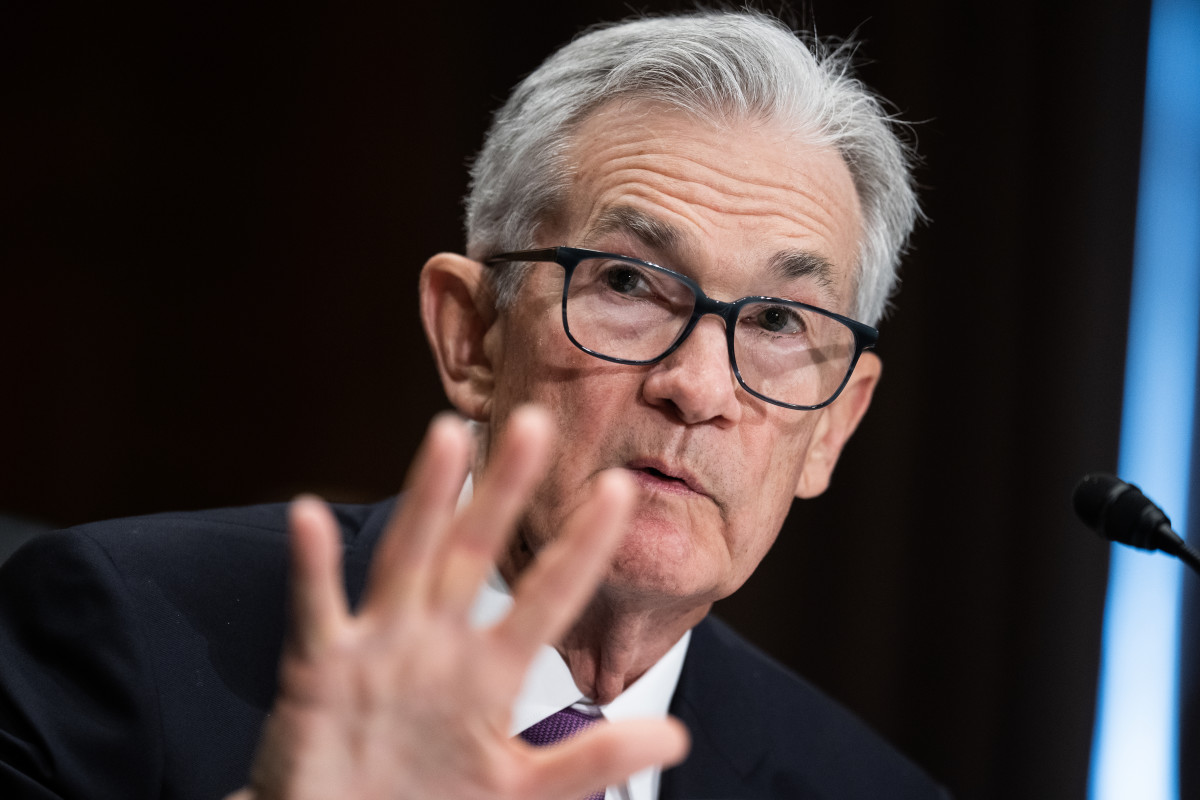
The Federal Reserve's preferred inflation gauge held steady last month, suggesting modest progress from the Federal Reserve in slowing price pressures in the world's biggest economy.
On Friday, April 26, the Bureau of Economic Analysis reported that the PCE Price Index showed core prices rose at an annualized rate of 2.8% last month, the slowest in three years. The tally was just ahead of Wall Street's forecast of 2.7% but matched the February reading.
On a monthly basis, core pressures were up 0.3%, matching February's increase and Wall Street's consensus estimate.
Markets often key on the bureau's core PCE price index, which the Fed considers a more accurate representation of consumer-price pressures since it blends changes in spending patterns.
The headline index, meanwhile, quickened to an annual rate of 2.7%, matching Wall Street's forecasts but rising from the 2.5% pace in February. Prices rose 0.3% on the month, the BEA said, following a 0.3% gain in February.
The BEA also noted that personal incomes in March rose 0.5%, perhaps reflecting the ongoing resilience in the labor market, while spending matched February's 0.8% increase.

"The PCE print keeps rate cuts on the table for 2024, but we expect any rate cuts to come towards the end of the year, which will allow the Fed to analyze a few more inflation reports to ensure that the re-acceleration of inflation over the past few months was indeed a temporary uptick and not something more sustainable," said Clark Bellin, president and chief investment officer at Bellwether Wealth in Lincoln, Nebraska.
"The market has been too optimistic about the speed and quantity of rate cuts and these high levels of inflation make it very difficult to justify an interest rate cut anytime soon," he added.
Stocks extended gains following the data release, with futures contracts tied to the S&P 500 indicating a 42-point opening-bell gain and those linked to the Nasdaq priced for a 173-point advance.
Benchmark 10-year Treasury note yields were marked 3 basis points lower at 4.663% while 2-year notes eased to 4.981%.
The U.S. dollar index, which tracks the greenback against a basket of its global peers, was marked 0.03% higher from yesterday's levels at 105.683 following the data release.
Earlier this week, data from the Commerce Department showed a worrying spike in first-quarter inflation pressures, despite an overall slowing in Q1 growth, which was pegged at an annualized rate of 1.6%.
Related: U.S. growth slowdown, with inflation spike, raises early stagflation risks
"In aggregate, the Fed will see the first quarter’s data as reflecting an economy with slower growth, but not slow enough to bring inflationary pressures under control," said Bill Adams, chief economist for Comerica Bank in Dallas.
"As a result, the Fed is unlikely to start reducing interest rates this summer," he added. "Comerica forecasts an initial quarter-percentage-point federal-funds rate cut for this cycle in September, with another cut likely in December."
More Economic Analysis:
- Watch out for 8% mortgage rates
- Hot inflation report batters stocks; here's what happens next
- Inflation report will disappoint markets (and the Fed)
CME Group's FedWatch suggests the market is expecting no change from the Federal Reserve on rates at any of its next three policy meetings, and it puts the odds of a September rate cut at just 45.2%.
Related: Veteran fund manager picks favorite stocks for 2024







